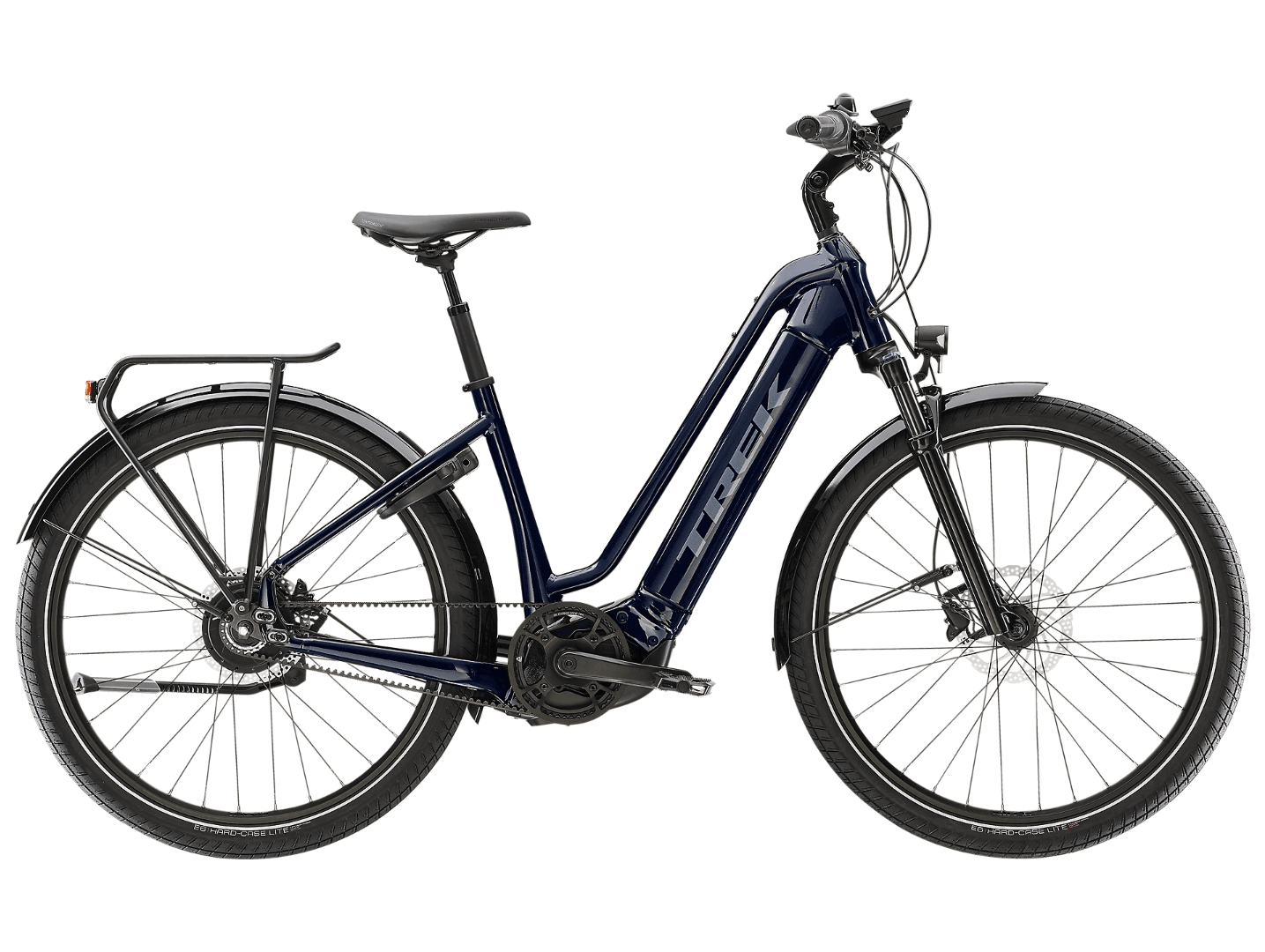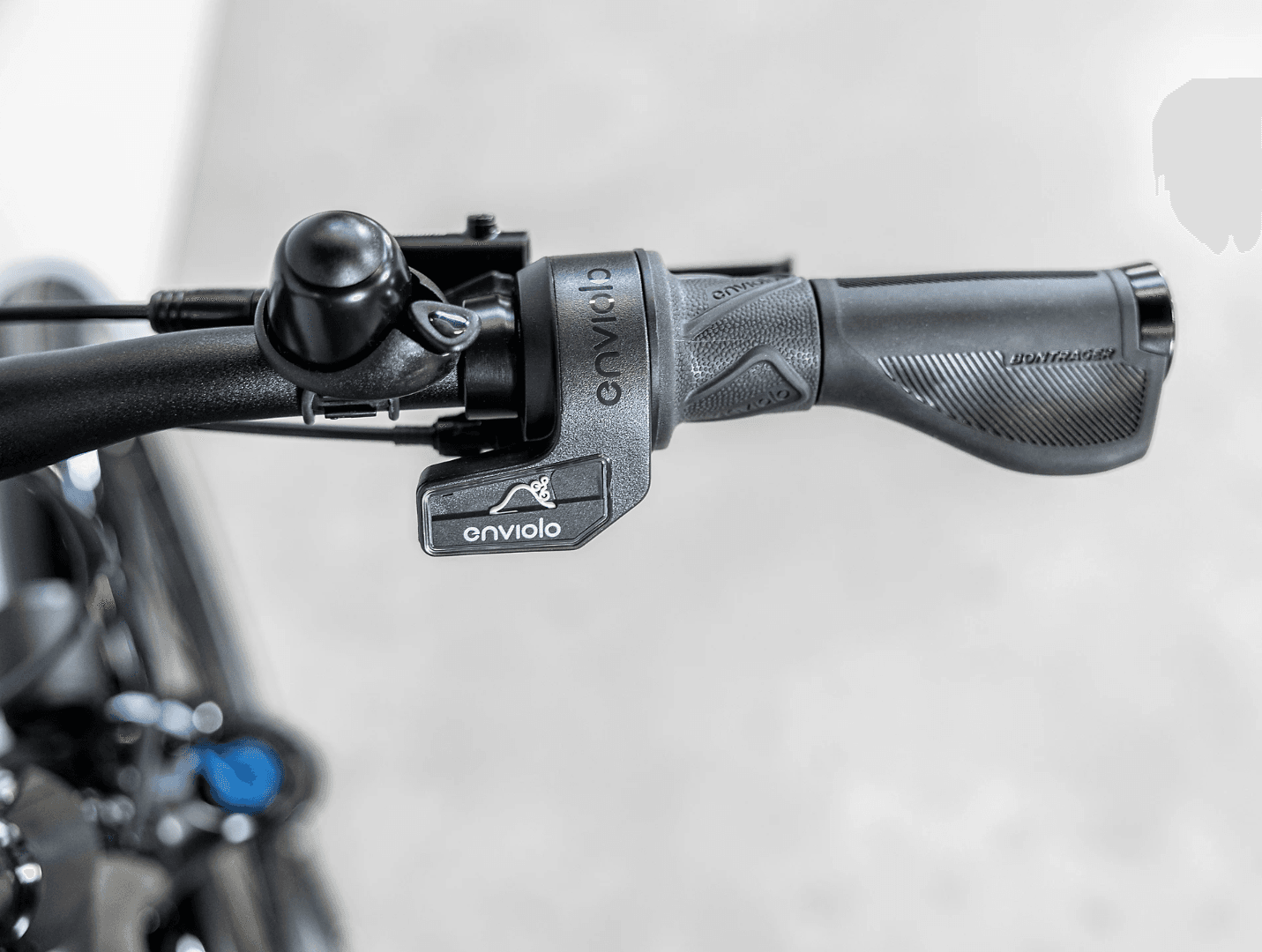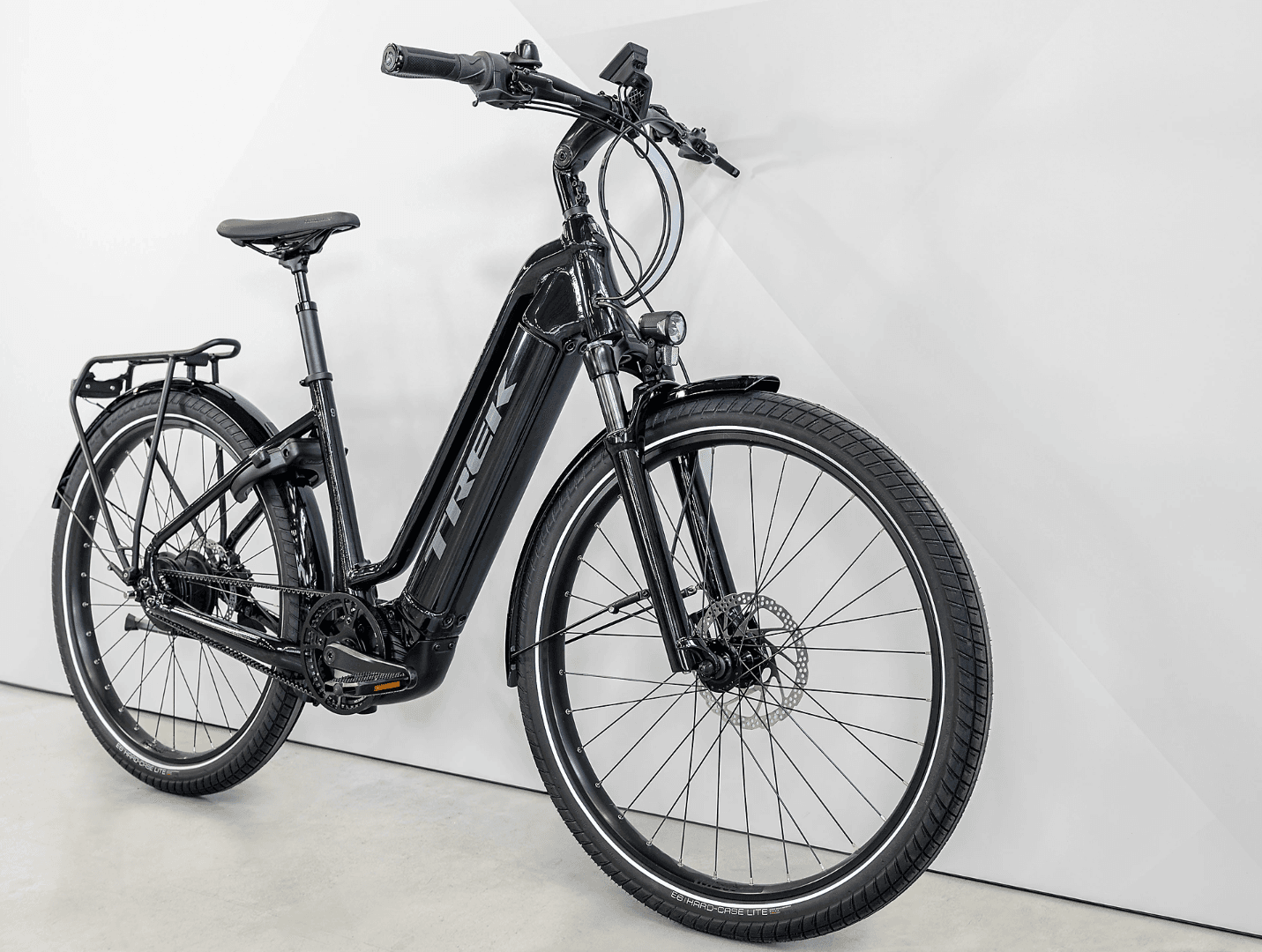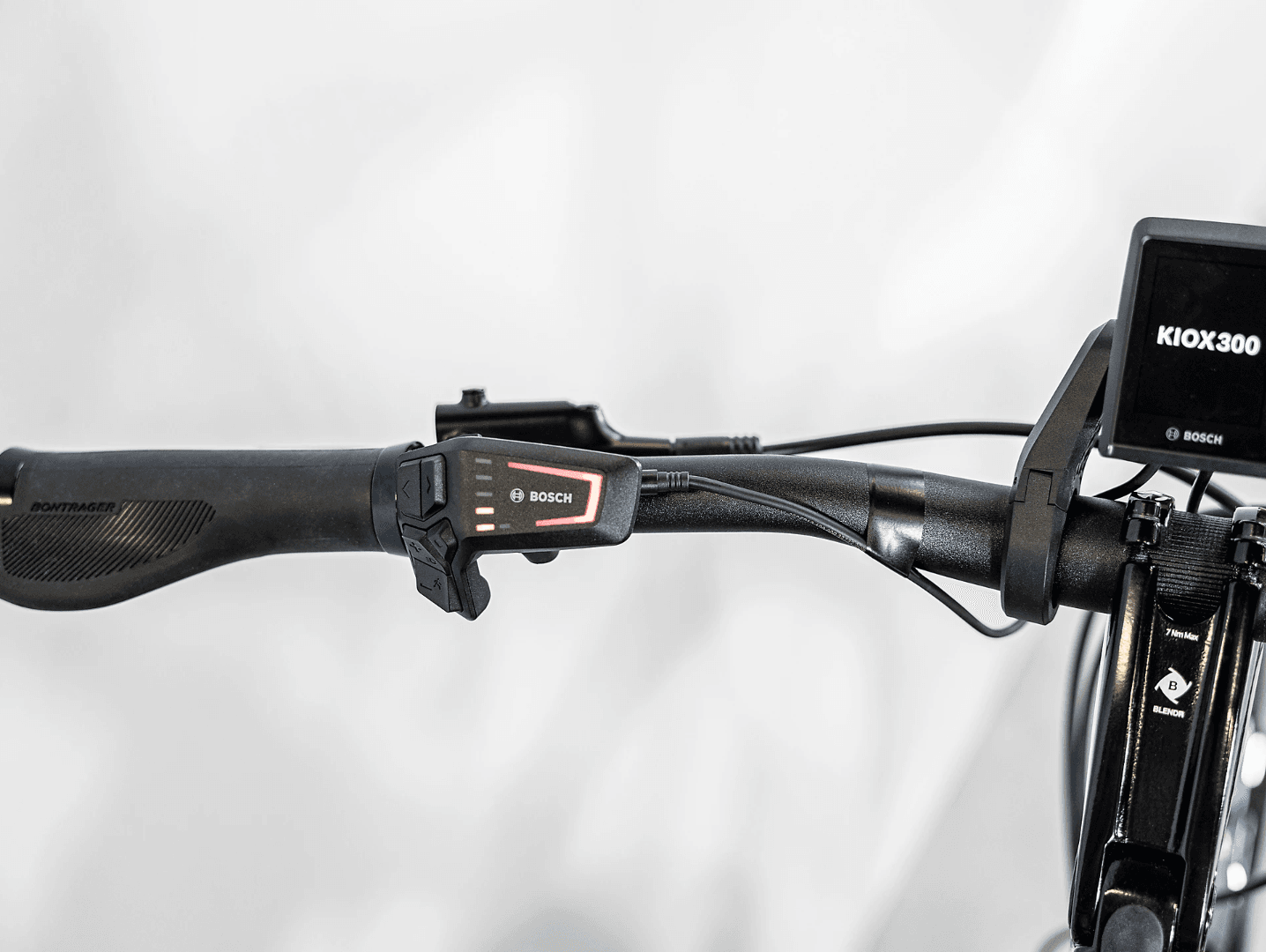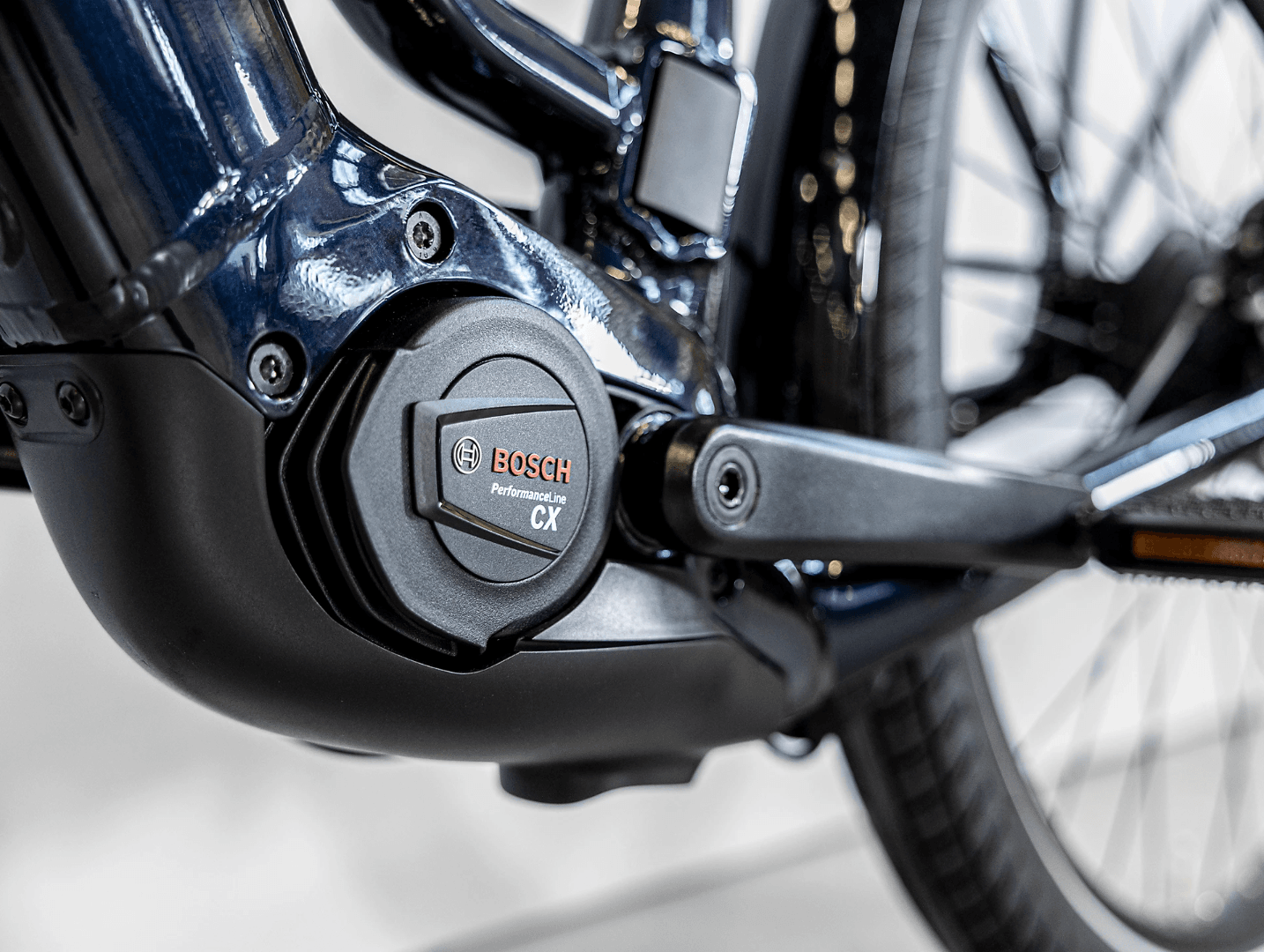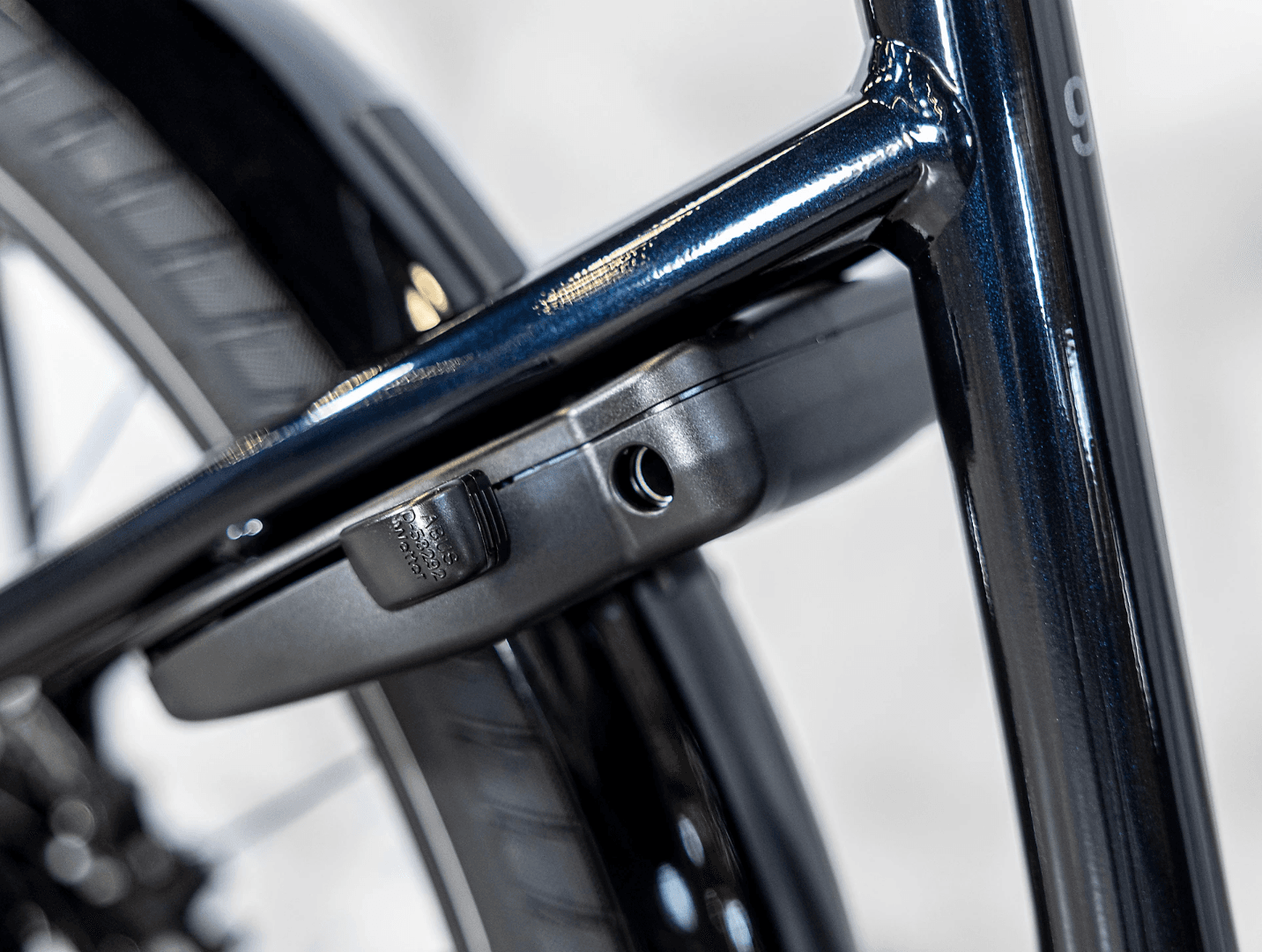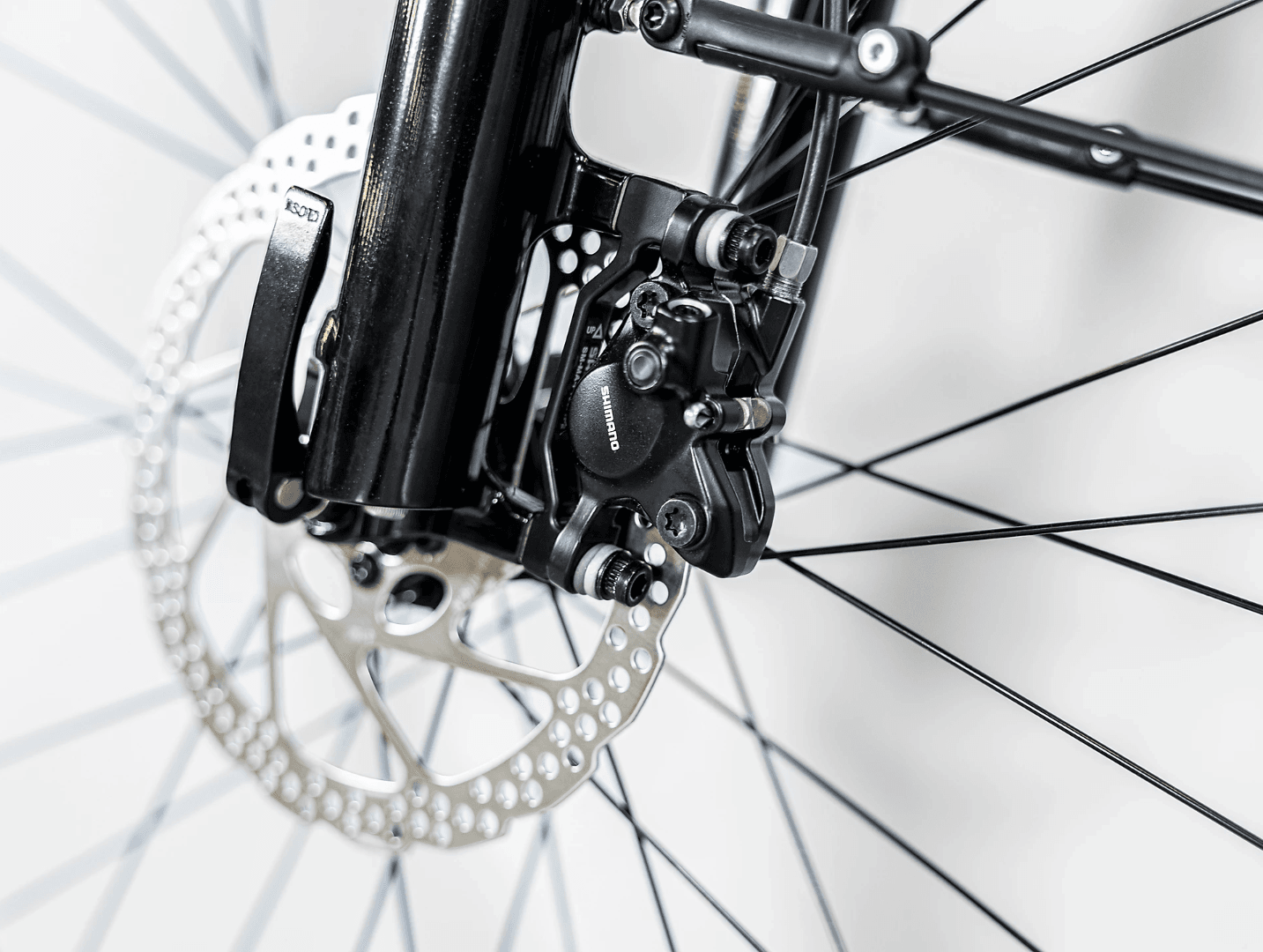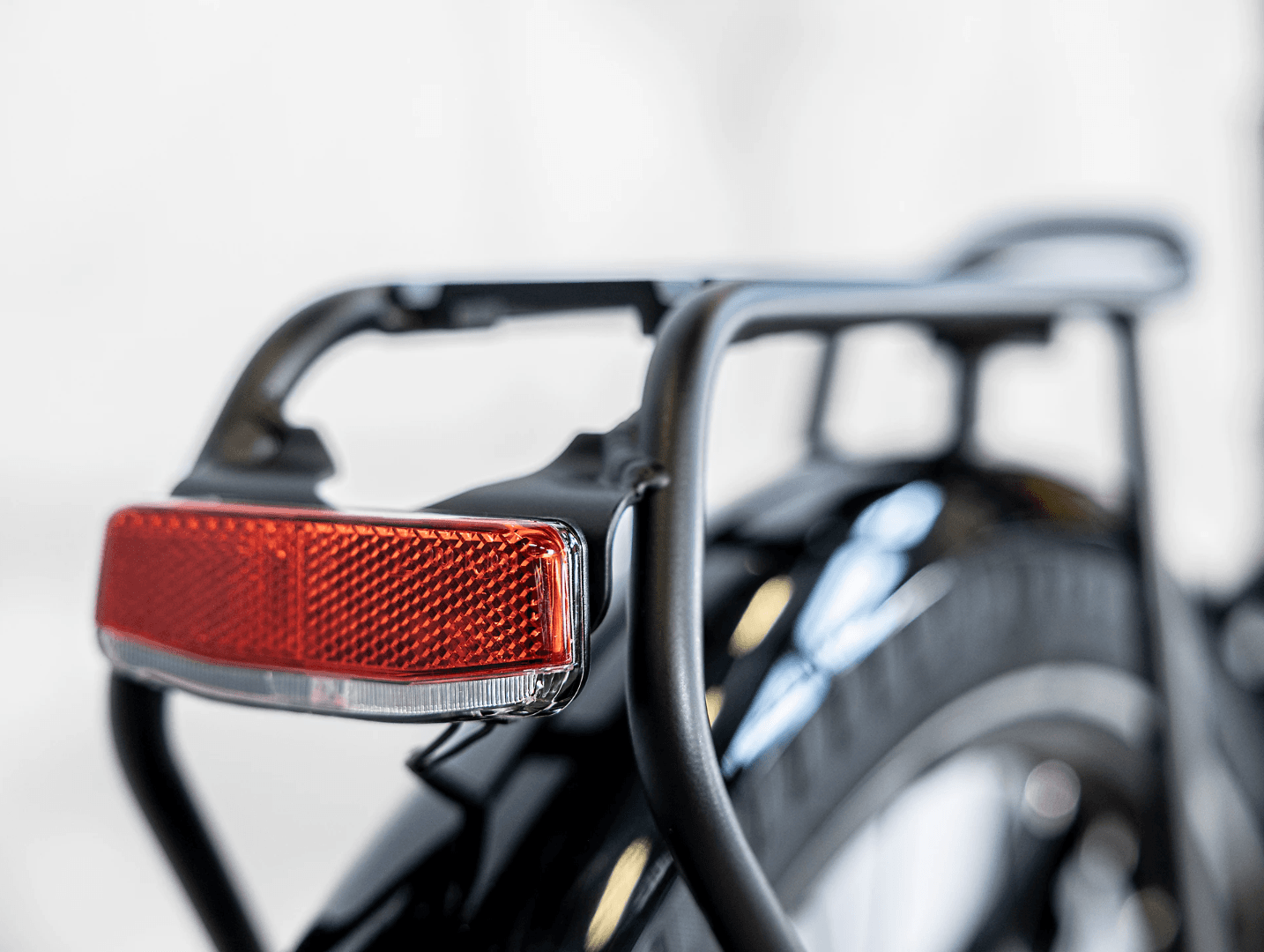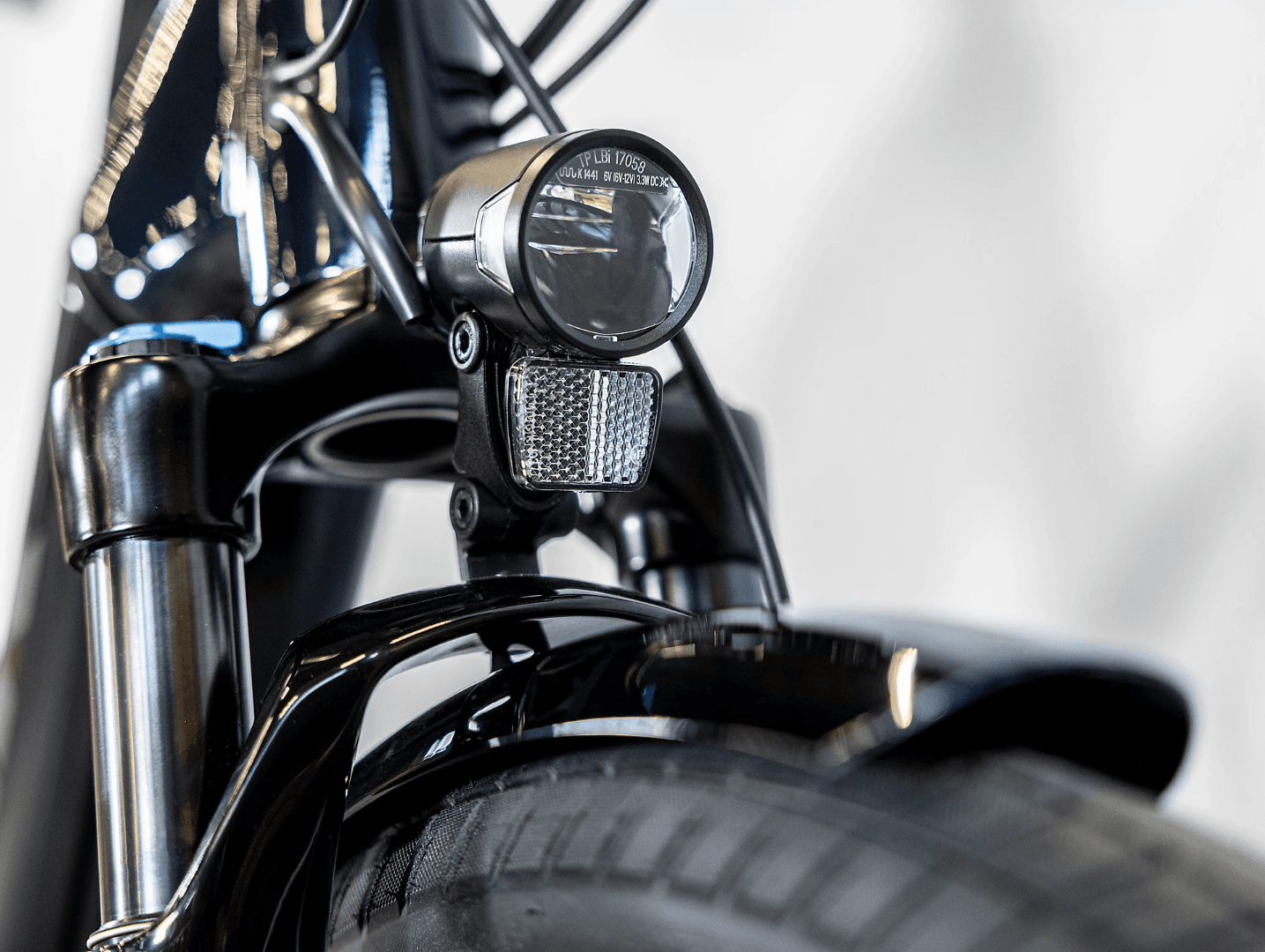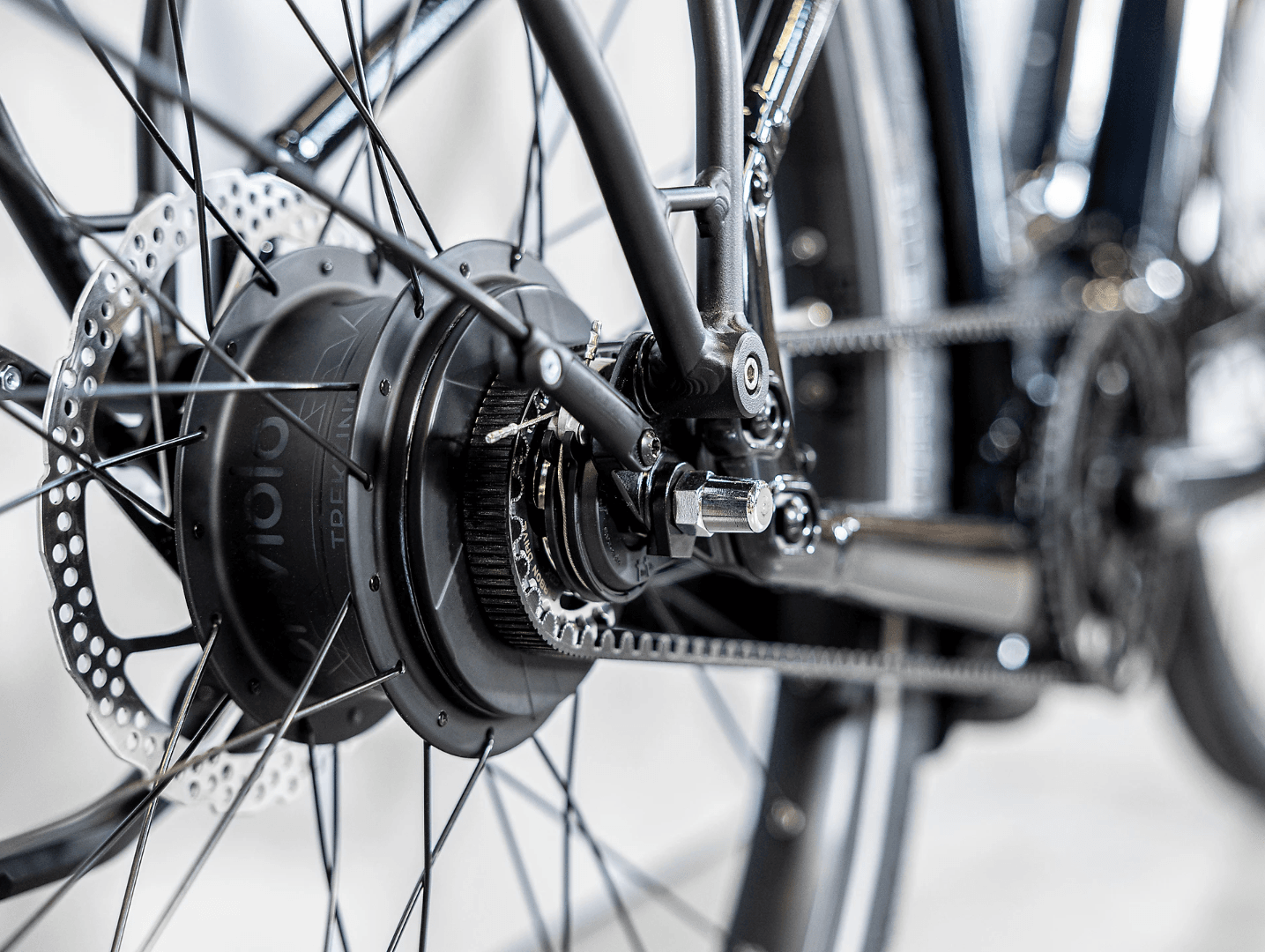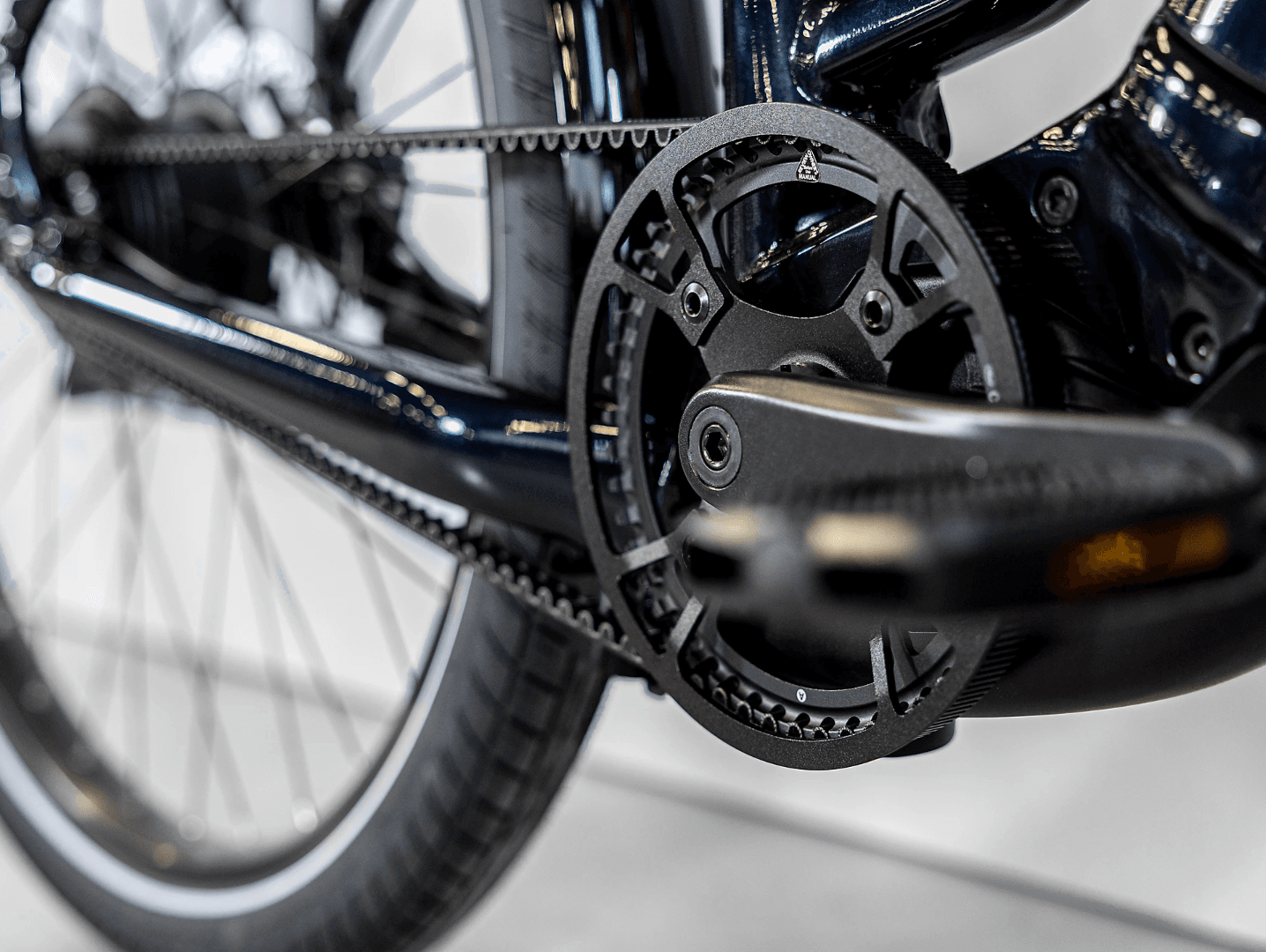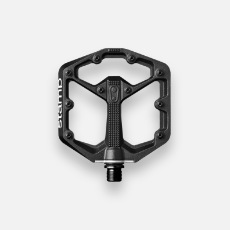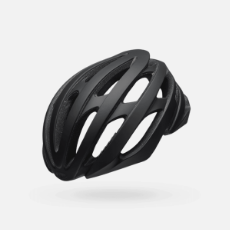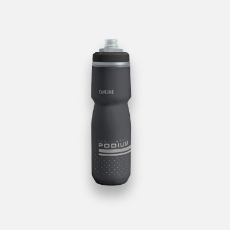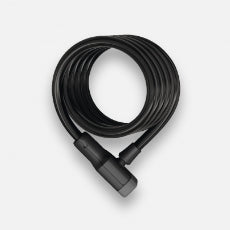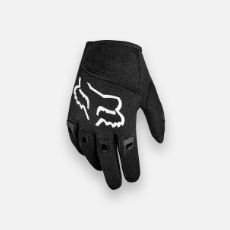Product Details
Product Details
eBikes by their very nature can require aftermarket updates and support. This cannot be supplied by All Terrain Cycles at distance; if required the work would have to be obtained from your local Brand Dealership, possibly at extra cost to yourself.
Your eBike will be delivered built, set up and updated in two boxes.
Minimum personal assembly is required.
The Allant+ 9 Lowstep is built for e-bike riders who value high-performance, style and capability. It's the ideal choice for commuters who favour the power, reliability and connectivity of Bosch smart system, riders who appreciate great design, and anyone who's tired of queuing in traffic and paying for parking. Plus, the suspension fork and seat post deliver road-smoothing comfort, a belt drive and a CVT hub to reduce maintenance.
- Bosch Performance Line CX Motor: Powerful drive system that helps you sustain speeds of up to 25km/h.
- Hydraulic Disc Brakes: Reliable braking performance to keep you fully in control, whatever the weather.
- Enviolo Hub Gears: Wide range of gears suitable for various terrain, with the simplicity of a single shifter.
- Frame: High-performance hydroformed alloy, Removable Integrated Battery, Range Boost-compatible, internal cable routing, Motor Armor, post-mount disc, 135x5 QR
- Fork: SR Suntour XCR 32, coil spring, preload, lockout, tapered steel steerer, 15x100mm thru axle, 60mm travel
- Motor: Bosch Performance Line CX, 25km/h max assist, smart system, magnesium motor body
- Battery: Bosch PowerTube 625Wh, smart system
- Charger: Bosch standard 4A, 230V, smart system
- Controller: Bosch Intuvia 100, smart system
- Gear Shifters: Enviolo Pure Manual Controller twist shift display
- Chainset: ProWheel Alloy
- Chainrings: 50T
- Rear Cassette: Gates CDX, 22 T, steel
- Chain/Belt: Gates belt
- Front Derailleur: N/A
- Rear Derailleur: Enviolo Trekking Hub
- Pedals: Bontrager City pedals
- Rims: Alex MD35, tubeless compatible, 32-hole, 35 mm width, Presta valve
- Front Hub: Formula DC-20, alloy, 6-bolt, 5x100 mm QR
- Rear Hub: Enviolo Trekking, 32-hole, 6-bolt disc, 44T
- Front Tyre: Bontrager E6 Hard-Case Lite 27.5x2.40" w/reflective stripe
- Rear Tyre: Bontrager E6 Hard-Case Lite 27.5x2.40" w/reflective stripe
- Brakes: Tektro HD-M275 hydraulic disc
- Handlebars: Alloy lowriser, 31.8mm, 25mm rise, 11 degree backsweep, 690mm width
- Handlebar Grips/Tape: Bontrager Satellite Elite, alloy lock-on
- Headset: FSA Integrated, sealed cartridge bearing, 1-1/8" top, 1.5" bottom
- Stem: Bontrager alloy, 31.8 mm clamp, adjustable rise, Blendr-compatible, 85 mm length
- Saddle: Bontrager Commuter Comp
- Seatpost: Bontrager alloy, suspension, 31.6 mm, 300 mm length
- Accessories: Herrmans MR8, 6-12V front light, Spanninga SOLO for e-bike rear light, Pletscher Comp Flex 18 kickstand, MIK-compatible alloy rear rack, SKS plastic mudguards, Frame lock
- Weight: L - 26.40 kg
We reserve the right to make changes to the product information contained on this site at any time without notice, including with respect to equipment, specifications, models, colours, materials and pricing. Due to supply chain issues, compatible parts may be substituted at any time without notice.
Bike and frame weights are based on pre-production painted frames at time of publication. Weights may vary in final production.
How to Build Your Bike
How to Build Your Bike
Aftercare
Aftercare
You Might Be Interested In
TREK ALLANT+ 9 LOWSTEP ELECTRIC HYBRID BIKE 2024 - DEEP DARK BLUE
SKU: 5284430
Product ID: 160281
EPOS Code:
Product Description
Product Description
eBikes by their very nature can require aftermarket updates and support. This cannot be supplied by All Terrain Cycles at distance; if required the work would have to be obtained from your local Brand Dealership, possibly at extra cost to yourself.
Your eBike will be delivered built, set up and updated in two boxes.
Minimum personal assembly is required.
The Allant+ 9 Lowstep is built for e-bike riders who value high-performance, style and capability. It's the ideal choice for commuters who favour the power, reliability and connectivity of Bosch smart system, riders who appreciate great design, and anyone who's tired of queuing in traffic and paying for parking. Plus, the suspension fork and seat post deliver road-smoothing comfort, a belt drive and a CVT hub to reduce maintenance.
- Bosch Performance Line CX Motor: Powerful drive system that helps you sustain speeds of up to 25km/h.
- Hydraulic Disc Brakes: Reliable braking performance to keep you fully in control, whatever the weather.
- Enviolo Hub Gears: Wide range of gears suitable for various terrain, with the simplicity of a single shifter.
- Frame: High-performance hydroformed alloy, Removable Integrated Battery, Range Boost-compatible, internal cable routing, Motor Armor, post-mount disc, 135x5 QR
- Fork: SR Suntour XCR 32, coil spring, preload, lockout, tapered steel steerer, 15x100mm thru axle, 60mm travel
- Motor: Bosch Performance Line CX, 25km/h max assist, smart system, magnesium motor body
- Battery: Bosch PowerTube 625Wh, smart system
- Charger: Bosch standard 4A, 230V, smart system
- Controller: Bosch Intuvia 100, smart system
- Gear Shifters: Enviolo Pure Manual Controller twist shift display
- Chainset: ProWheel Alloy
- Chainrings: 50T
- Rear Cassette: Gates CDX, 22 T, steel
- Chain/Belt: Gates belt
- Front Derailleur: N/A
- Rear Derailleur: Enviolo Trekking Hub
- Pedals: Bontrager City pedals
- Rims: Alex MD35, tubeless compatible, 32-hole, 35 mm width, Presta valve
- Front Hub: Formula DC-20, alloy, 6-bolt, 5x100 mm QR
- Rear Hub: Enviolo Trekking, 32-hole, 6-bolt disc, 44T
- Front Tyre: Bontrager E6 Hard-Case Lite 27.5x2.40" w/reflective stripe
- Rear Tyre: Bontrager E6 Hard-Case Lite 27.5x2.40" w/reflective stripe
- Brakes: Tektro HD-M275 hydraulic disc
- Handlebars: Alloy lowriser, 31.8mm, 25mm rise, 11 degree backsweep, 690mm width
- Handlebar Grips/Tape: Bontrager Satellite Elite, alloy lock-on
- Headset: FSA Integrated, sealed cartridge bearing, 1-1/8" top, 1.5" bottom
- Stem: Bontrager alloy, 31.8 mm clamp, adjustable rise, Blendr-compatible, 85 mm length
- Saddle: Bontrager Commuter Comp
- Seatpost: Bontrager alloy, suspension, 31.6 mm, 300 mm length
- Accessories: Herrmans MR8, 6-12V front light, Spanninga SOLO for e-bike rear light, Pletscher Comp Flex 18 kickstand, MIK-compatible alloy rear rack, SKS plastic mudguards, Frame lock
- Weight: L - 26.40 kg
We reserve the right to make changes to the product information contained on this site at any time without notice, including with respect to equipment, specifications, models, colours, materials and pricing. Due to supply chain issues, compatible parts may be substituted at any time without notice.
Bike and frame weights are based on pre-production painted frames at time of publication. Weights may vary in final production.
How to Build Your Bike
How to Build Your Bike
Aftercare
Aftercare
You Might Be Interested In
